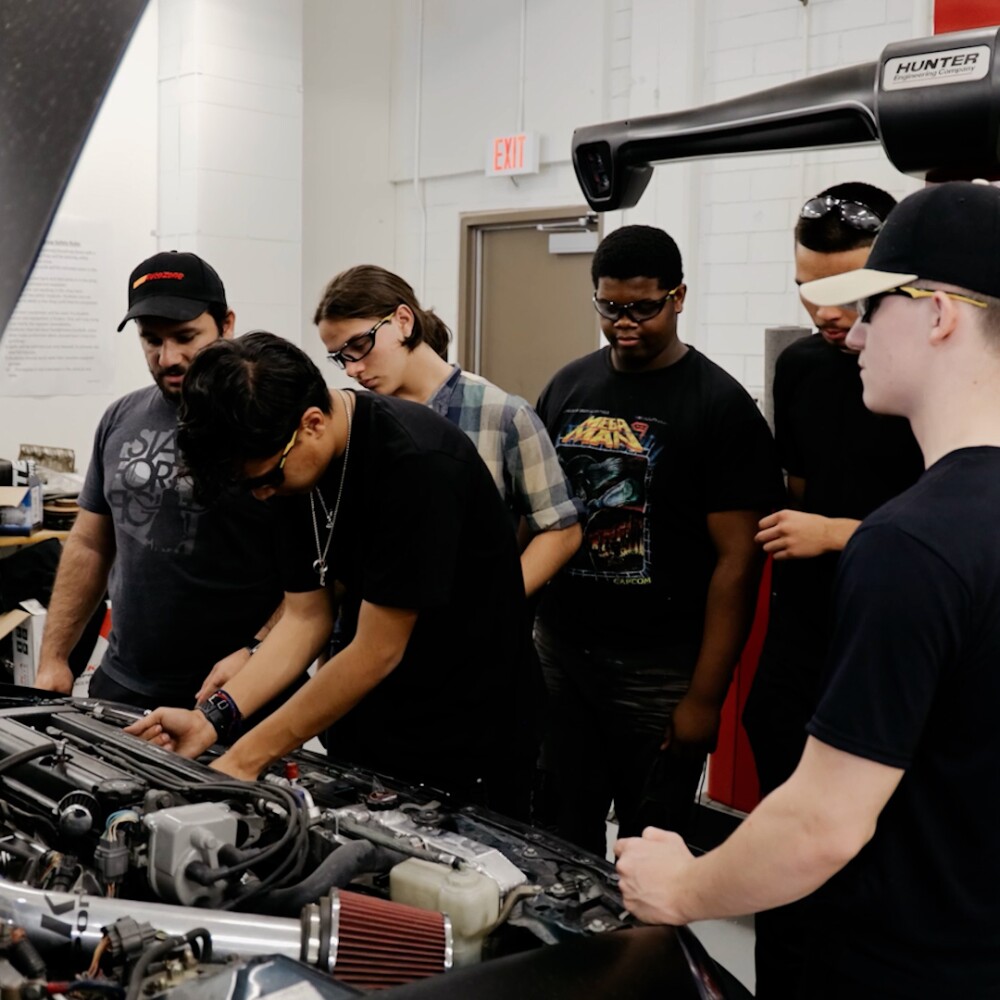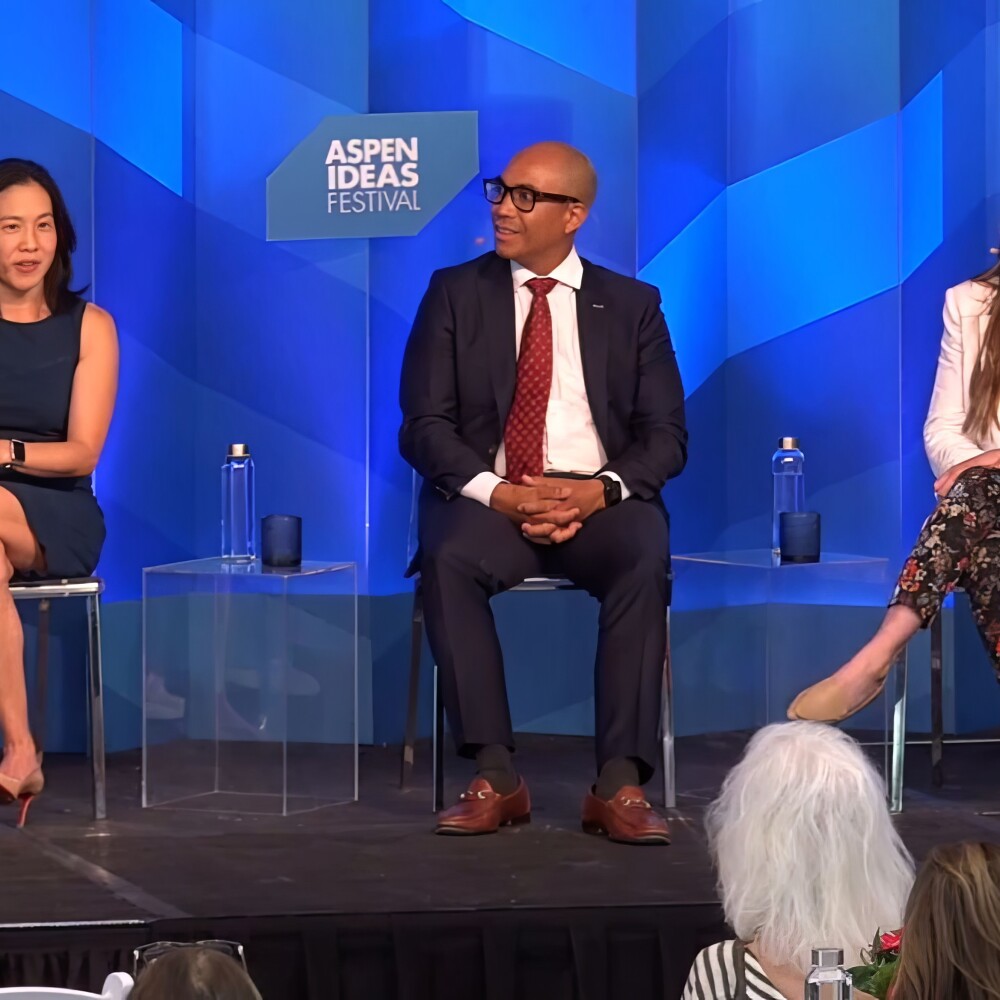This National School Choice Week, we reflect on why the year behind us - and the one ahead - are promising for the effort to ensure every child in America can attend a high-quality school.
2017 was a hard year, fraught with tensions and hand-wringing and exposed fault lines that beg for healing. You don't have to look far to see this. Still too many children are stuck on waiting lists to attend the high-quality school of their choice. More than 800,000 educators and students are living in the shadows as the future of the Deferred Action for Childhood Arrivals (DACA) program remains unresolved. Strong policy that protected students and the teaching profession was reversed in New York City.
In the wake of this, I revisit the fundamental belief that great teachers and great schools can transform life outcomes for children, regardless of where they live. And because of this, we conclude National School Choice Week with hope and optimism for what's possible, and indeed is already happening.
The source of our hope is abundantly clear as we scan the national landscape. More than ever, the impact and accomplishments of high-performing public charter schools is evident. The latest CREDO report shows great charter schools succeeding in a manner that is widespread and pervasive, proving beyond any doubt that quality schools at scale are possible. And it's not just about test scores - charter school alumni from low-income communities are graduating college at rates many times higher than the national average.
Encouraging signs go well beyond what's happening in individual schools. In many cities where we work like Indianapolis and Washington, D.C., district, charter and private schools are collaborating with and learning from each other - and students are benefitting. Data on important indicators of student achievement are rising across entire cities and more and more students are enrolled in schools that can prepare them for success in college, career and life.
It ought to be a no-brainer that it's a good and just thing for families to choose from multiple quality schools - and that such schools should be easy to discover and enroll in and have equitable funding and public support. The fact is that's the exception, not the rule, today. But increasingly, that's changing in places red, blue and purple.
Colorado offers one such example, where a first-of-its-kind bill to equalize charter and traditional funding passed on a resounding, bipartisan vote of 49 to 16 in 2017. This happened because of real partnership on the right and left - and a broad embrace of greater transparency and accountability by charter and district schools alike.
Colorado is not alone - the idea that families deserve good, easily accessible schools with equitable support has made progress in every corner of this country, from Arizona to Florida to Illinois to New York to Washington, D.C. Indeed, the thoughtful researcher Robin Lake rightly called the range of options, district and charter, in many major cities "the new normal."
All of this is happening because families and communities are demanding it. We know from 2017 research conducted by Echelon Insights that three of every four millennials believe that schools need dramatic change in order to create opportunity for students.
We are enthusiastic about continuing to support the growth of high-quality school options. But we need to remain focused on the ultimate goal: student learning and better life outcomes.
As "the new normal" takes root, and as systems change, it will take work and wisdom to make sure that choice accompanied by accountability continue to advance in tandem. In 2018, it is our hope that bipartisan coalitions of policymakers, advocates and families continue to affirm and champion the interdependent promise of these basic ideas.
With a shared foundation on which to understand progress, we are excited to expand our support for teachers and communities that are creating new school models and visions. And as we do that, we know that the diversity of school types and of school leadership matters more than ever - and we are increasing support for initiatives that are committed to developing and scaling effective school models, and to recruiting leaders of color to start and grow great schools.
The fact is, new schools, new school models, better access to those options, and good measures of progress are not in themselves an objective. The end we all seek is improved possibilities, better opportunities, a better tomorrow for the next generation of young people. So we measure ourselves, ultimately, not by the number of schools we help build, but by the number of children who can realize a better life.
As I take stock in this new year, I couldn't imagine a more worthy challenge - and couldn't be more excited to take it on.




